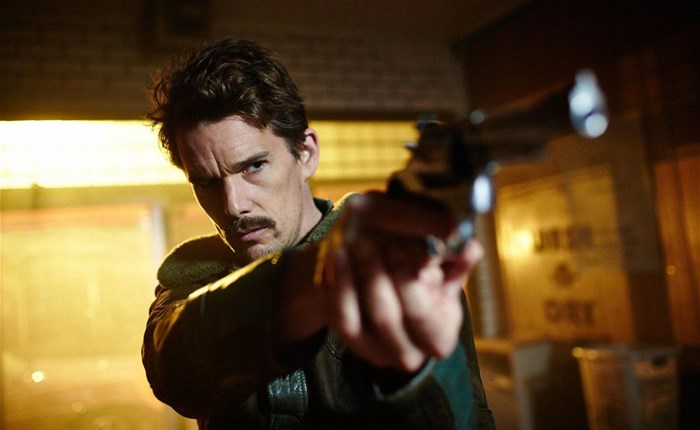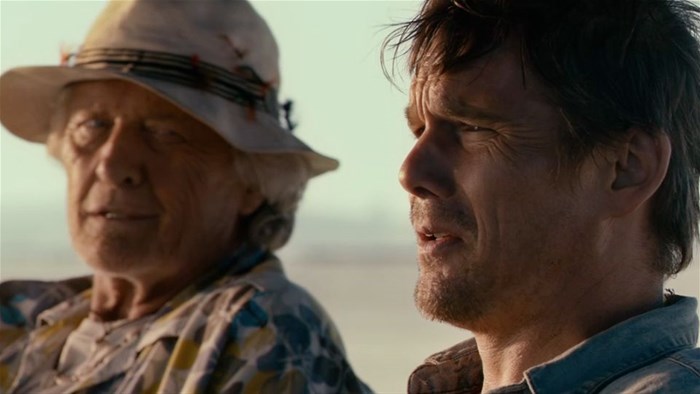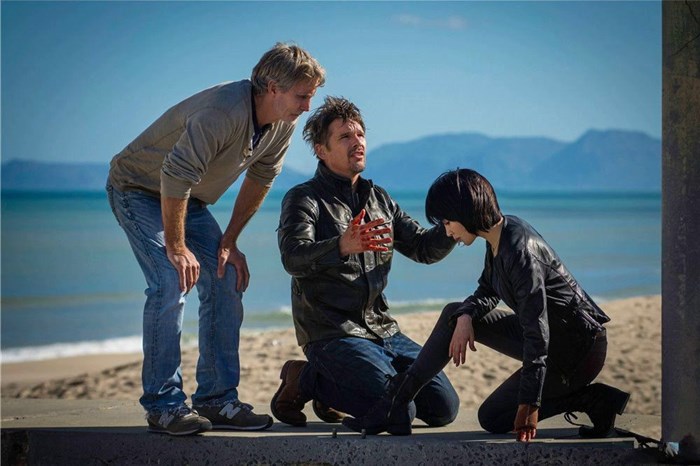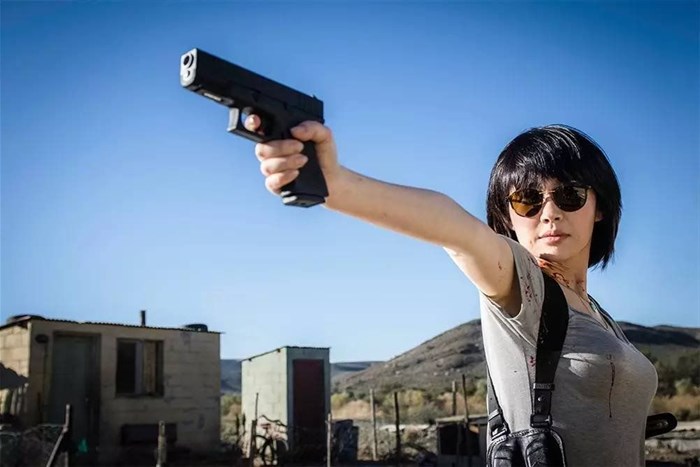
Top stories

LegalTsotsi star’s house, bought with lottery funds, frozen by Special Tribunal
Raymond Joseph 42 minutes




It was the powerful human story underlying the action in 24 Hours To Live that caught the attention of Thunder Road Films producer Kent Kubena when he read the script co-written by Ron Mita and Jim McClain – who originally set the story in Washington D.C. “The film takes on a genre that is so much more than just an action film,” says Kubena.

The high-octane film follows a career assassin (Ethan Hawke) who is given a chance at redemption after his employer brings him back to life temporarily, just after being killed on the job.
Multiple Oscar nominee Hawke leads the international cast with many South African actors including Tyrone Keogh, Nathalie Boltt, Claire Berlein, Tanya van Graan, Brendan Murray, Bjorn Steinbach, and Aydan Whytock.
Executive producer Jon Kuyper describes the film as an entertaining tale with some sort of morality and poetry weaved into it. “This poetry comes in the form of protagonist Ethan Hawke’s character, Travis Conrad’s ability to seek some form of redemption in his last 24 hours to live. The audience can go on a very personal, almost emotional ride with this character with great action.”
24 Hours To Live marks Smrz’s first feature film as a director. Smrz, who is highly regarded for his stunt work on blockbuster action films - like X-Men: Apocalypse, Iron Man 3, Rise Of The Planet Of The Apes and Live Free Or Die Hard - says he was drawn to the unique concept of the script and immediately wanted to tackle the material.

“The idea of a guy being brought back to life to redeem himself is a fun start. I liked the friendship, the betrayal, honour among killers, so that, combined with the concept of a guy brought back to life, is really fun for me.”
The action film genre is a great purveyor of high-speed car chases, death-defying stunts, shootouts, and plots that call for great physical prowess.
While these are all components in 24 Hours To Live, Smrz interweaves them with the personal narrative of one man’s search for redemption.
Academy Award-winning production designer Colin Gibson states, “Ethan also has a lot of experience and he’s working closely with Brian on both the action and on the character development as we go. The collaboration was to get what is essentially an action movie to give it a resonance for the rest of the world.”
Gibson, who landed the Oscar for designing the spectacular sets in George Miller’s multiple Academy Award-winning Mad Max: Fury Road, says he always strives to create spaces that are unique to their genre, and enhance the scenes and the characters. “George always says, ‘look for the purple cow in the herd’. On 24 Hours to Live, we tried as far as possible to find new references so that we don’t repeat ourselves, or fall back on easy responses.”

“We shot a movie in Cape Town several years ago and fell in love with the area and we wanted to bring something unique to this unique concept – a strong human drama in the action genre – so Cape Town as the space where the film is set was a unique decision and a pivotal part of the overall narrative,” says Kubena.
Kuyper, who has successfully shot eight films in the city, which is one of the world’s most popular off-shore filming destinations – with a diverse offering of locations – opines: “One of the most compelling things for me is the opportunity to shoot Cape Town for Cape Town, which is really rare, and I’ve always wanted to do that.”
The fact that Cape Town is such a pivotal part of the unfolding of the narrative adds to its distinctive character.
“Most filmmakers who make films and commercials in Cape Town often shoot these assets for other places. Our aim was to try and showcase the city, all the colour, and contrasting culture.” Gibson is also inspired by the fact that – purely based on the variety of locations in and around the city – Cape Town serves as a canvas that can be converted into an array of other spaces and places. “We shot out in the veld, in the lagoons, on the beach, and sequences set in the township Khayelitsha, an informal settlement in close proximity to the city. These all added layers of great colour, vibrant culture, and diverse communities. We were able to use the old city buildings to sort of ‘sell’ what we call the United Nations, the goodies in our group: Interpol against the baddies who are headquartered in Red Mountain.

Gibson shares that some of the old architecture in Cape Town influenced the design of many of the sets, “with beautiful old colonial buildings, old courthouses and city halls it’s a great place to find scale and history in which we can play off the opposing forces.”
For the headquarters of the ominous private security organisation, ‘Red Mountain’, Gibson created a futuristic, slightly military, industrial complex. Describing this as a great juxtaposition to the historical buildings, Gibson says that for him this was the most interesting set build. “Originally we were going to do it as a location, but as these things happen locations fall through. So we built it as a set - and the more you build the more you can blow up - there are only certain parts of Cape Town where we were permitted to set off explosions. Utilising our own set gave us the relative freedom to the final showdown in the story. The environment works to create an impact of the action.”
Given Smrz’s considerable reputation in the action genre generated excitement among the producers when he decided to captain the 24 Hours to Live.
Kuyper stresses that Brian Smrz “is long overdue to move into the role of director. It’s been a pleasure working with him.”
“Brian has always kind of been in the background and we saw this as a great opportunity to bring him to the forefront, and hopefully launch him as a big, first unit director,” says Kubena.
Smrz carefully balances the action element so it doesn’t eclipse the human story of the harrowing personal journey Hawke’s character makes in the last 24 hours of his life.
“Brian has a passion for action movies, he is intimate with action,” says Hawke who adds that when making a decision to be involved in a film he tries to “sniff out if people are sincere in loving movies. You know, because if you love movies and you have the right team behind you, you can do something valuable, it’s a certain kind of energy that you have that makes a good movie, and I felt that Brian really has this.”
